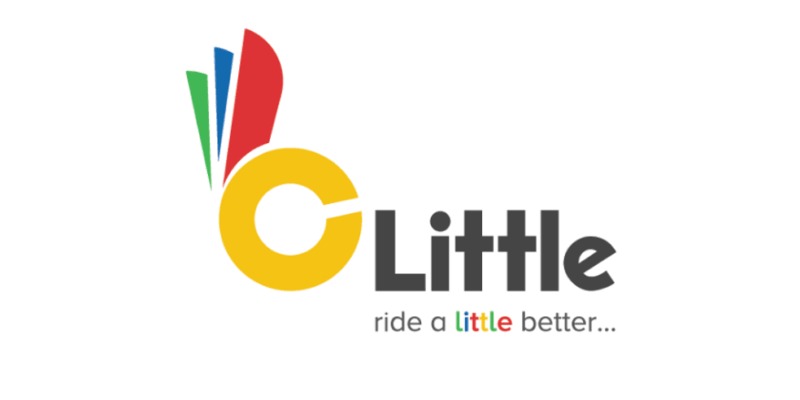Navigating Ambiguous Responsibilities and Unwritten Expectations
Ambiguity can be a huge problem for any business. Without having defined roles and responsibilities, managers might often notice poor performance and decreased productivity around the office.
The truth is that ambiguous responsibilities bring about uncertainty, threatening the stability of a job. Employees can have a challenging time coping with the situation, leading to more stress and anxiety. In the long run, this can negatively affect individuals’ mental health and productivity.
The good news is that there are certain steps people can take to navigate through ambiguous responsibilities and unwritten expectations in the workplace. This article will examine how to identify office ambiguity, manage its effects, and reduce anxiety.
What is Ambiguity?
Simply put, ambiguity is unclear tasks, statements, or goals that people should follow. In an organisation, employees might find themselves in ambiguous situations if roles and responsibilities are vague or they do not have access to information to make decisions.
The gap of understanding creates a vacuum of clarity that causes people to spiral down a rabbit hole of negative emotions. In most cases, the root of all ambiguity in the office is the gap in knowledge and understanding.
Examples of Ambiguous Responsibilities and Unwritten Expectations
Identifying ambiguity in an organisation is the first step to managing the issue. Here are some examples of ambiguous responsibilities around the office.
-
Having unclear goals
One-way individuals can identify ambiguity is if the company has unclear goals. Undefined objectives create uncertainty as employees do not know what they are working to achieve and when to stop after completing a job.
-
Having undefined roles in the office
Sometimes, the challenge might not be limited to goals alone but also an employee’s role in the office. Individuals might find that the roles they were hired for do not match the duties that they are currently performing. It can affect employees’ productivity, career paths, and salaries.
-
Waiting for communication on project updates
Lack of communication among staff can also result in ambiguity. If other staff members are unclear about a project’s progress and achieved milestones, it can create a knowledge gap, destabilising an individual’s roles and responsibilities.
-
Big changes in the company
Additionally, significant company changes can create ambiguity among team members. Policy or management changes can rock an employee’s confidence, especially if staff were not involved in the planning process or the administration was not transparent about the change.
Furthermore, if the company is slow at soliciting employee feedback, it creates an ambiguous working environment.
How Does Ambiguity Affect Work Performance?
It should not come as a surprise that ambiguous responsibilities, job descriptions and unwritten expectations can harm an individual’s work performance. Here are a few ways this happens:
- Decreased productivity: Staff who do not understand their roles in a company are more likely to get demoralised, leading to poor productivity.
- Increased employee fatigue and burnout: Uncertainty creates a stressful working environment, increasing the risk of fatigue and burnout.
- Increased conflict in the office: Staff are more likely to have conflicts as individuals might feel that others are creeping up on their responsibilities or are neglecting their roles and duties around the office.
- Reduced creativity and innovation: Employees who do not understand their roles are less likely to focus on one duty, which reduces their creativity.
- Reduced employee satisfaction: Staff are less likely to work in a stressful environment, leading to a loss of job satisfaction.
Six Tips to Manage Ambiguous Responsibilities in the Workplace
Here is how people can manage ambiguous responsibilities while working:
-
Remain confident and calm.
The first thing an employee needs to do if they are working in an ambiguous environment is to remain calm and composed. People need to have confidence in their tasks and responsibilities, as it ensures they tackle issues diligently.
Staff should remember that employers recruited them for their skills, experience and education. They should use this knowledge to decide what outcomes the company might want and work towards that.
-
Communicate frequently
Communication is also a great way to ensure staff are not left in the dark. As we stated, the lack of information is one of the leading causes of ambiguity in the workplace. However, individuals can reduce this gap by communicating frequently with other members and management.
Employees who need information about a working project and its progress should not be afraid to ask. Consequently, soliciting feedback can also help people know if they are on the right track.
-
Plan ahead
Thirdly, it is always a good idea to plan. Individuals need to outline their careers and responsibilities in a company.
Career plans are an excellent way for people to define their professional goals without relying on the company. This can guide an individual’s roles and responsibilities and help develop the right skills for the job.
-
Make decisions based on facts.
Additionally, employees must make decisions based on facts when working in an ambiguous workplace. Decision-making is a vital aspect of any company. However, it may be easy to make the wrong decision quickly without having defined responsibilities and unwritten expectations.
However, employees faced with this conundrum should always resolve to make decisions based on facts and details. They should closely monitor performance tools and use this information to develop strategies to foster productivity.
-
Improve your problem-solving skills.
Individuals in an ambiguous situation should always approach problems with an analytical mindset. When faced with uncertainty, employees should evaluate the situation and identify the problem. Afterwards, they should find multiple alternatives based on facts and details to resolve the issue.
-
Be ready for change.
Lastly, employees should be ready for changes in their responsibilities and careers. Changes in management or workflow can cause a lot of uncertainty. However, individuals willing to embrace the change are more likely to ask for clarification in ambiguous situations and learn more skills that can help improve team productivity.
Final Thoughts
Ambiguity in the workplace can have a significant impact on both the productivity and mental health of employees. However, employees can mitigate its effects by identifying the sources of ambiguity and taking proactive steps to manage it.
Communication, planning, improving problem-solving skills, making decisions based on facts, remaining confident and calm, and being ready for change are some effective ways to manage ambiguity in the workplace.
By taking these steps, employees can reduce anxiety and stress in the workplace, leading to increased satisfaction, productivity, and overall success for both the individual and the organisation.

























